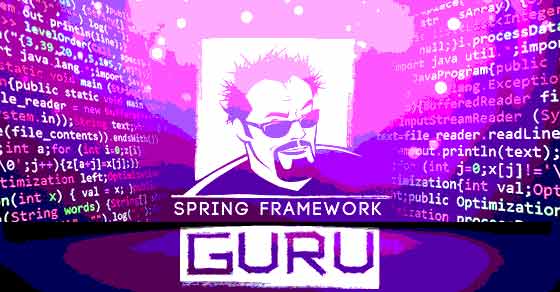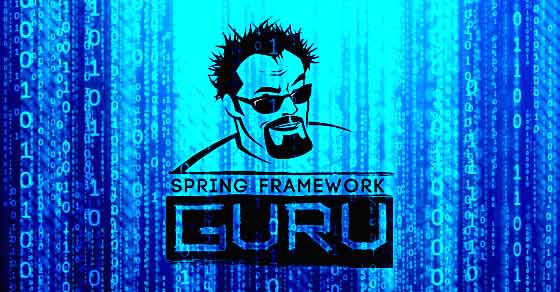Chuck Norris for Spring Boot Actuator
Last Updated on October 21, 2024 by jt In case you’ve been living under a rock for the last couple years, Spring Boot Actuator is an awesome set of tools for monitoring and managing your Spring Boot applications. Spring Boot Actuator exposes information via ‘endpoints’. One of the Spring Boot Actuator endpoints is an information […]Continue reading






